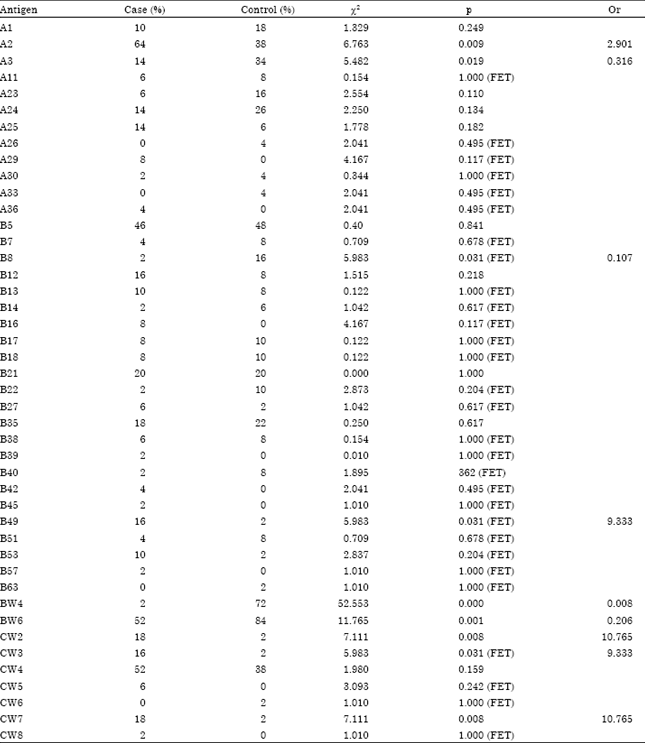Research Article
Study of HLA-typing Class I in Patients Suffering from Vitiligo
Tabriz University of Medical Sciences, Tabriz, Iran
E. Khodaeiani
Tabriz University of Medical Sciences, Tabriz, Iran
J. Majidi
Tabriz University of Medical Sciences, Tabriz, Iran
A. Ghaffarzadeh
Tabriz University of Medical Sciences, Tabriz, Iran
M. Goldust
Student Research Committee, Tabriz University of Medical Sciences, Tabriz, Iran









